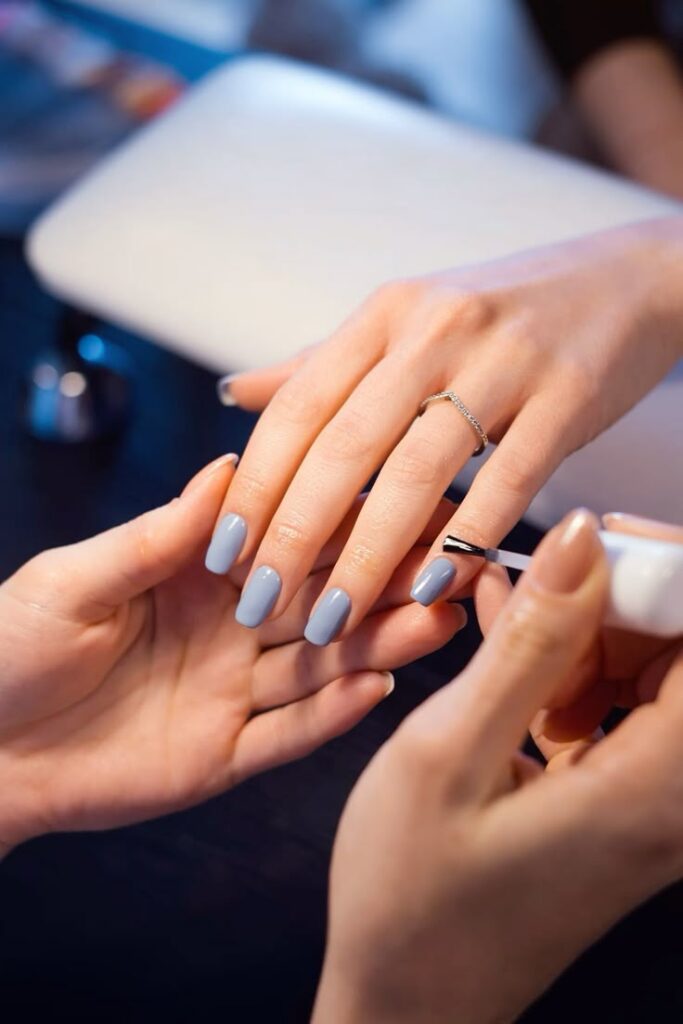The Best Skincare Routine for Combination Skin: Balance is the Key
Combination skin can be tricky — oily in some areas, dry in others, and unpredictable depending on the season. Usually, the T-zone (forehead, nose, chin) tends to be oily, while the cheeks are normal to dry. The challenge is finding products that balance oil control without over-drying sensitive areas. That’s why following the right skincare routine for combination skin is essential to keep your complexion balanced, healthy, and glowing. In this guide, we’ll walk you through a complete skincare routine for combination skin, highlight the best ingredients, and share practical tips for maintaining harmony in your skin. Step 1: Gentle, Balancing Cleanser The first step in a skincare routine for combination skin is using a cleanser that removes excess oil from the T-zone without stripping moisture from dry areas. A gel-to-foam or cream-gel cleanser works best. Ingredients like green tea, chamomile, and glycerin help cleanse while maintaining balance. Cleanse twice daily — morning and night — to keep pores clear without irritating the skin. Step 2: Refresh with an Alcohol-Free Toner Toning is an important part of a skincare routine for combination skin because it preps your skin for better absorption of moisturizers and serums. Look for alcohol-free formulas with soothing and balancing ingredients like rose water, witch hazel, or niacinamide. These help tighten pores in oily areas while calming drier parts of the face. Step 3: Apply a Targeted Serum Combination skin benefits from targeted treatments. For a skincare routine for combination skin, use lightweight, hydrating serums containing hyaluronic acid for dry areas and niacinamide for oil control in the T-zone. You can even apply different serums to different zones if your skin has distinct needs. Step 4: Choose a Lightweight Moisturizer Moisturizing is essential in a skincare routine for combination skin, but you need to pick the right formula. Go for a lightweight, oil-free moisturizer that hydrates without clogging pores. Gel-based moisturizers are perfect for daytime, while at night you can choose a slightly richer cream for dry areas. Step 5: Always Wear Sunscreen No matter your skin type, sunscreen is a must. For a skincare routine for combination skin, choose a broad-spectrum SPF 30 or higher that’s oil-free and non-comedogenic. A gel or fluid sunscreen works well for oily areas, while still protecting drier zones. Step 6: Weekly Exfoliation for Balance Exfoliation removes dead skin cells and keeps pores clear. In a skincare routine for combination skin, gentle exfoliation once or twice a week can help balance texture. Use chemical exfoliants like lactic acid for dry areas and salicylic acid for oily zones. Avoid over-exfoliating as it can cause irritation and imbalance. Step 7: Multi-Masking Treatment One of the best tricks in a skincare routine for combination skin is multi-masking — applying different masks to different parts of your face. Use a clay mask on the T-zone to absorb excess oil and a hydrating mask on the cheeks to replenish moisture. This targeted approach gives each area exactly what it needs. Best Ingredients for Combination Skin When choosing products for your skincare routine for combination skin, look for: Niacinamide – Balances oil production and improves texture. Hyaluronic Acid – Hydrates without heaviness. Aloe Vera – Soothes and refreshes. Green Tea Extract – Reduces oil and calms skin. Ceramides – Strengthen the skin barrier. Lifestyle Tips for Healthy, Balanced Skin Drink plenty of water to keep skin hydrated from within. Avoid extremely hot water while cleansing to prevent dryness. Eat a balanced diet rich in antioxidants and healthy fats. Avoid harsh alcohol-based products that can over-dry certain areas. FAQ on Skincare Routine for Combination Skin 1. How do I know if I have combination skin?If you have an oily T-zone but dry or normal cheeks, you likely have combination skin. 2. Should I use two different moisturizers?If your skin is very unbalanced, you can use a lighter moisturizer on oily areas and a richer one on dry areas. 3. Can I use oil-based products?Yes, but choose lightweight oils like squalane or jojoba and apply sparingly to dry areas only. By following a consistent skincare routine for combination skin, you can keep both oily and dry areas happy, reduce breakouts, and maintain a smooth, even texture. Balance is the key — and with the right products, your skin can look and feel its best all year round.




